

CarExpert.com.au
The CarExpert team's favourite cars of 2025
2 Days Ago
The Toyota 86 is a car that will challenge the abilities of all drivers and focuses on the experience of driving at the limit above anything else.
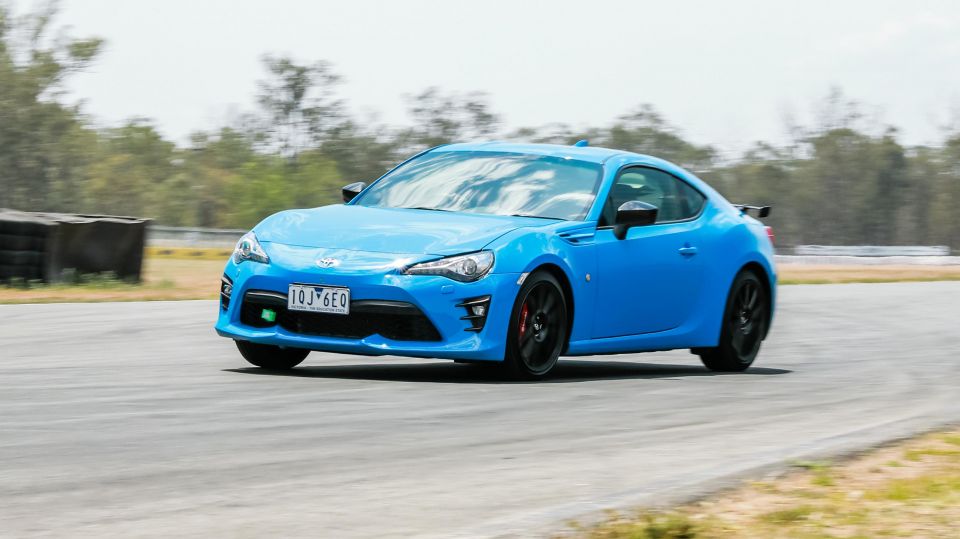
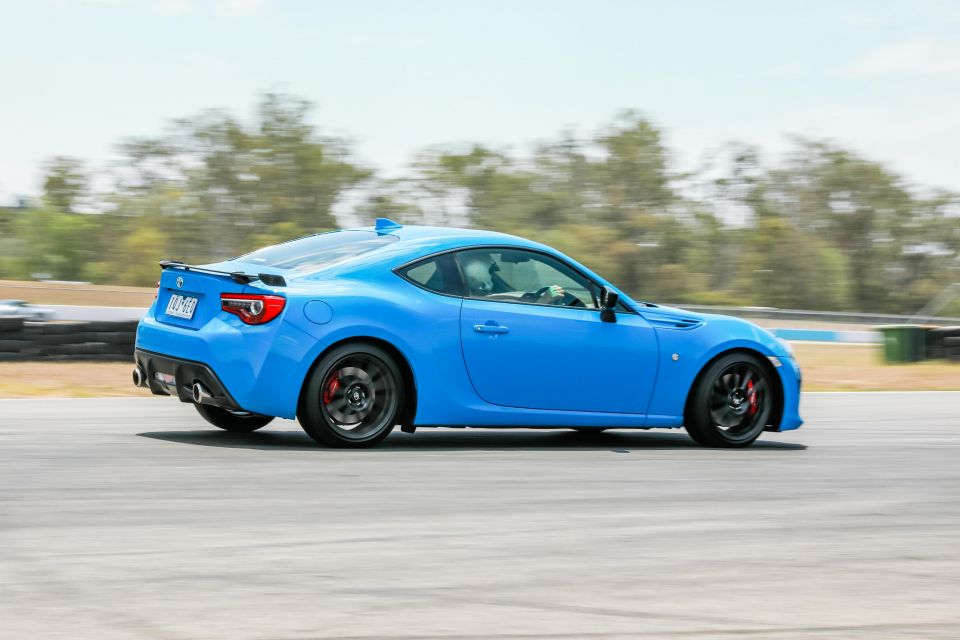

Performance Editor
New from
$42,630
excl. on-roads

Performance Editor
New from
$42,630
excl. on-roads


Performance Editor
New from
$42,630
excl. on-roads

Performance Editor
New from
$42,630
excl. on-roads
Where expert car reviews meet expert car buying – CarExpert gives you trusted advice, personalised service and real savings on your next new car.
The Toyota 86 GTS looks like it belongs at a racetrack, but it’s not a car that has been designed with outright lap times in mind.
It’s a car that will challenge drivers of all abilities, and is more about the experience of driving at the limit than outright pace.
I never expected to be overwhelmed by the 2.0-litre naturally-aspirated four-cylinder petrol engine, but to be honest I was left a little more disappointed than I imagined.
With 152kW of power and 212Nm of torque, overall numbers point to a slightly better experience than I had. The problem is more how it gets there, and the very noticeable dip in performance through the mid-range.
The few other times I have driven this car, it was not as apparent. But the long main straight at Queensland Raceway really highlighted this issue, especially when you are chasing a lap time.
I’ve had plenty of experience sliding an 86 or BRZ and never noticed this problem.
Carrying momentum is such a key part of being fast, and I have always felt when racing the bottom end and mid-range parts of the power curve are even more important than actual output numbers. This is the part of the engine where you spend most of your time and what carries a lap time.

The brakes where very consistent over all the laps and offered a good level of feedback. There was no interference from the ABS and I was able to push equally hard on every lap. I actually never really thought about the brakes on any lap, which is a very good sign.
Usually I will pick up on things that make me uncomfortable on the track and that I would like to change, but with the brakes it never crossed my mind.

The chassis works very well, but it’s a different experience to so many other cars. It has really been designed with enhancing the challenge of driving at the limit and has brought that limit so much closer to where most people are willing to live. You basically feel like you are at the limit when you leave pit lane.
Because of this, it’s actually not as easy to get the most out of it. It’s quite reactive and precise in the front end, which in turn induces the oversteer balance it’s renowned for. But keeping the car at this point continually creates a constant challenge for the driver.
This is not a chassis that rewards under driving, so you really have to take charge and constantly be pushing the boundaries to get the most out of it.
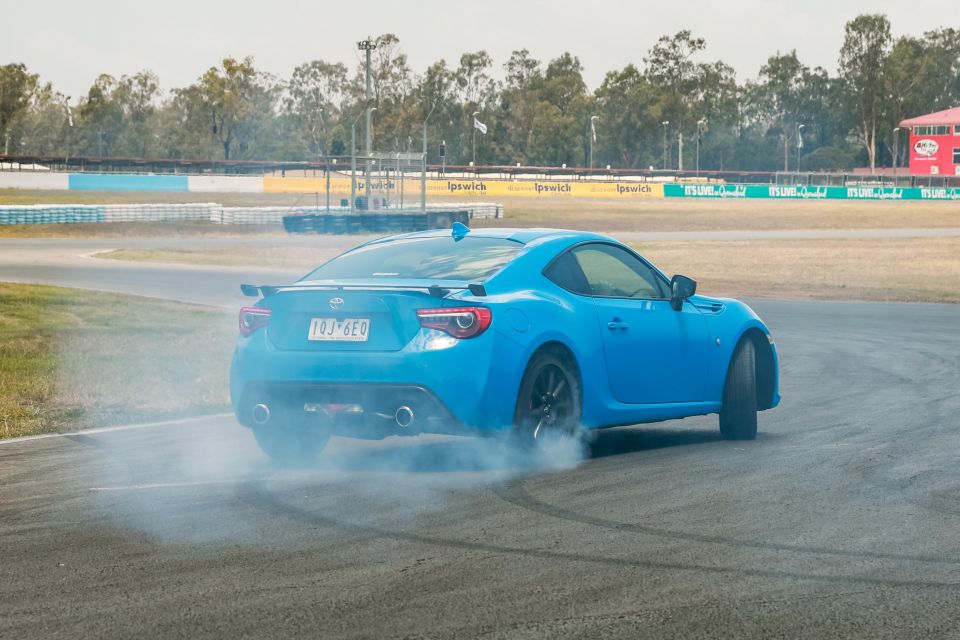
The six-speed manual gearbox worked well. The shift was nice, with a sharp and precise feeling. I never missed a gear and really felt in control at all times.
Gear ratios were not an issue either, but it was obviously important to always be in the correct gear as you definitely don’t have the torque to save you if you get it wrong.
The limited-slip differential was smooth and also offered more than enough locking when it was required. Generally, it had an oversteer balance on throttle and you could really drive it from the rear with ease.
I would be interested to know if this remained the case if you added a lot more grip with a tyre upgrade or if the grip would dominate the power and cause some understeer.
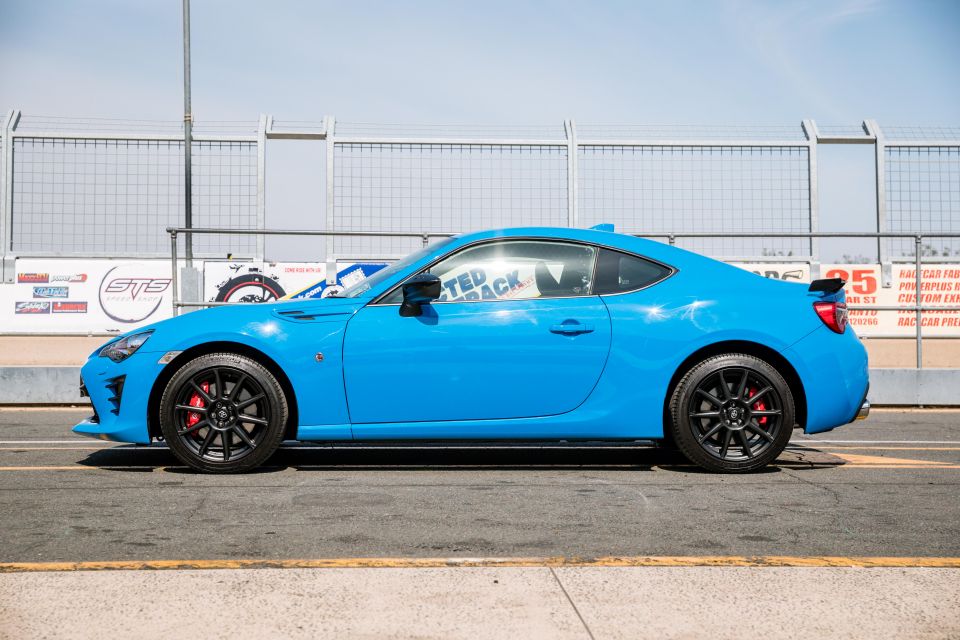
I had no problems with suspension – it offered a good amount of support and was very progressive – but I feel with a softer tune it would have been slightly quicker on the track. Because the tyres offer so little lateral grip, you really rely on the suspension to build up that grip and a bit more movement would have helped.
It was really the opposite feeling to the Mazda MX-5 we tested recently. That had so much movement, it took a little while to adjust, but in the end, it actually worked really well.
The thing is, changing the tyres on the 86 would completely change the suspension feel in this car. It’s not actually hard or harsh, it’s just the tyres are at the limit so quickly that softer suspension, especially in the initial movement, would manage this transition slightly better.

The steering feedback was excellent, and I felt really connected to what the car was doing.
It was precise, had a good level of weight and felt really linear. It all combines to enhance the whole experience behind the wheel.
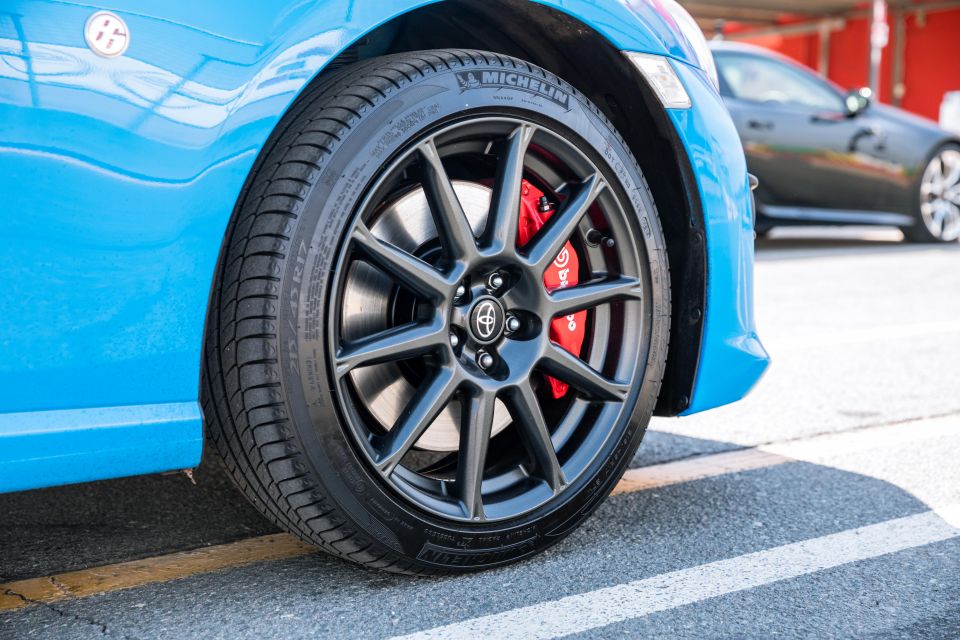
The tyre package has really been designed without performance in mind, and it speaks to what was intended in this car’s design. You instantly feel at the limit of grip when you start to push, and the fun part is that you can live there constantly.
The Michelin Primacy HPs are consistent and maintain stability while being driven hard, without offering high levels of lateral grip.
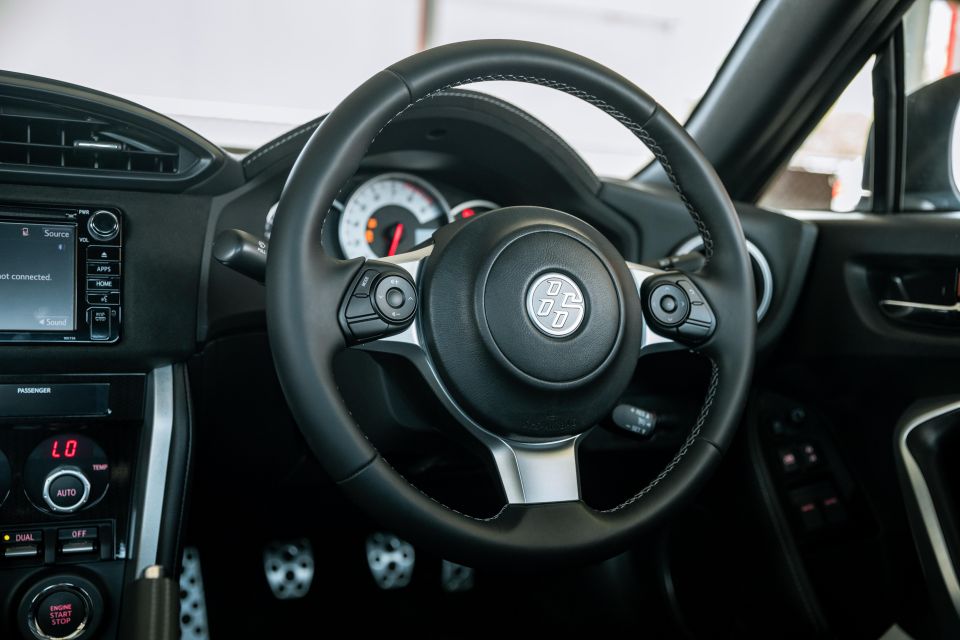
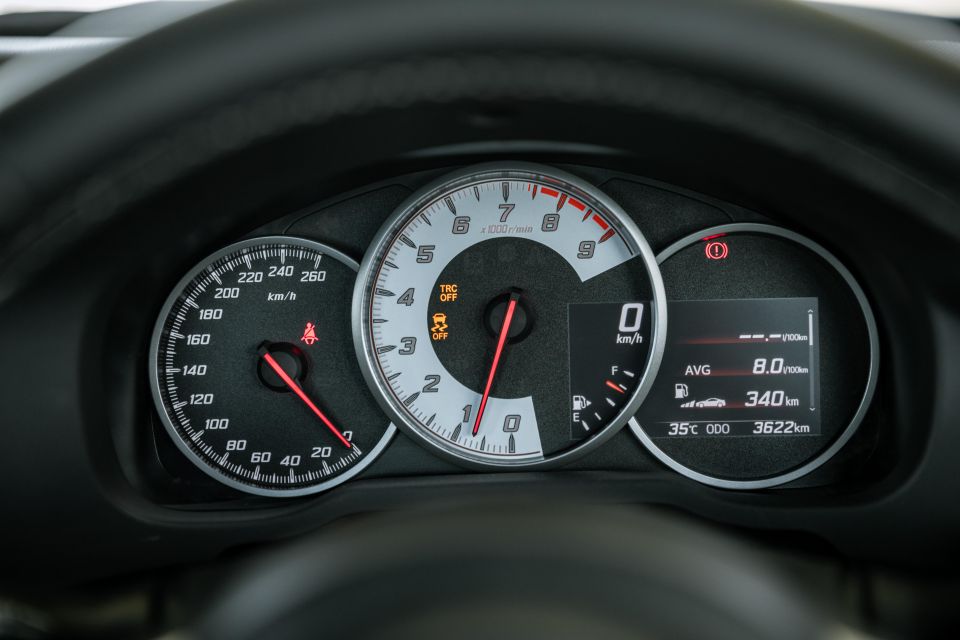
I ran with traction control off the whole time with the 86.
Now I would only suggest this for the track if you are used to driving one of these, but this is how it is meant to be driven and a great way to teach anyone some car control skills.
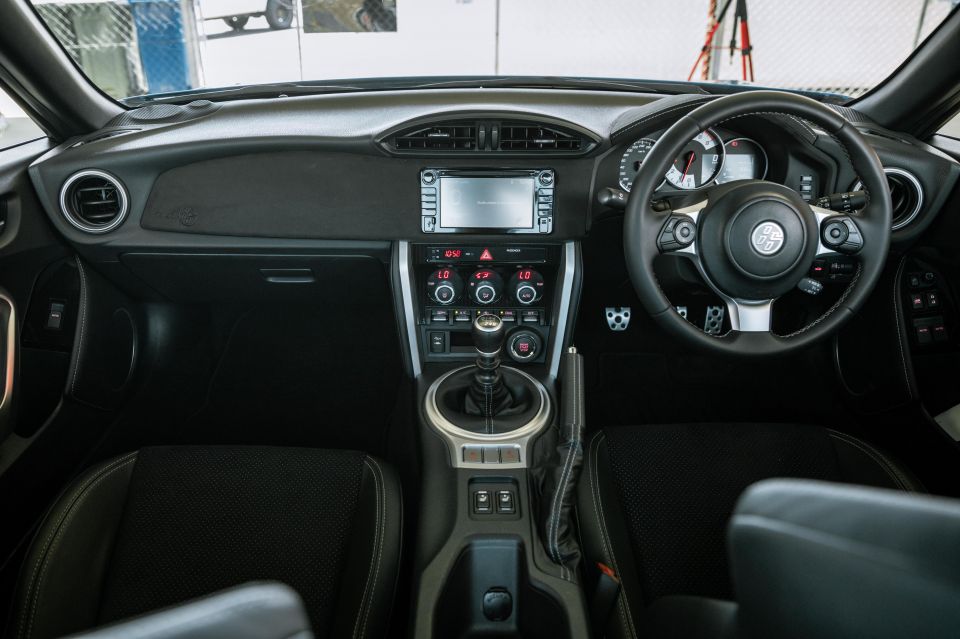
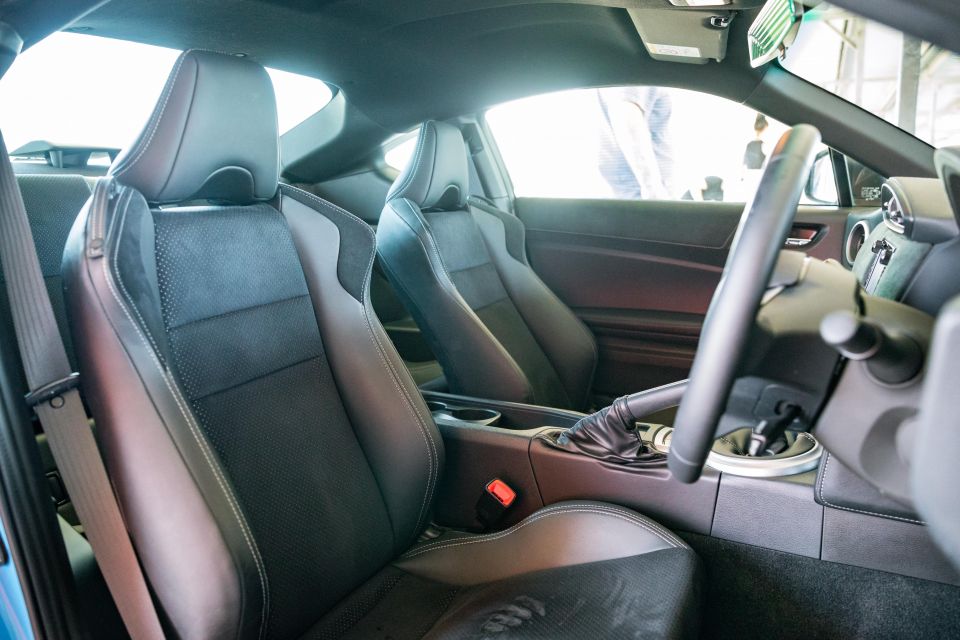
The seats offer pretty good support and I liked the seating position, I could get nice and low and at a good angle. The steering wheel fits well with the car. It’s small with a firm feeling, and you really feel in control.
I liked having the tachometer in the middle of the dash as a priority, plus the bonus of the shift light is excellent as well. All I care about is when I need to shift gear on the track, so it’s great to have these as the focus for the driver.
You can see everything is well thought out in the cockpit, it all makes sense and is very user-friendly for the driver.

To get the most out of the Toyota 86 GTS, it really took some practice. With four laps and a mixture of under- and over-driving, the best I could achieve was 64.74 seconds.
I am sure there is more time to cut out there, but this car is more about constantly being challenged rather than outright lap time.
It took me a bit to understand that time compared to a direct competitor, the Mazda MX-5, with a substantial 1.5-second deficit. But when you look at the numbers, they have similar torque and the 86 has 17kW more power, but the Mazda is a massive 223kg lighter, plus it has much stickier rubber and that’s where it finds the time.
Overall, despite the lap time, I had an awesome time on the track and the 86 really challenged me as a driver. This is a car that can teach you so much about your driving and makes it a lot of fun while doing it.

Click the images for the full gallery
MORE: Toyota 86 GTS Apollo Blue review MORE: Toyota 86 news and reviews MORE: Everything Toyota
Where expert car reviews meet expert car buying – CarExpert gives you trusted advice, personalised service and real savings on your next new car.


CarExpert.com.au
2 Days Ago


Derek Fung
6 Days Ago
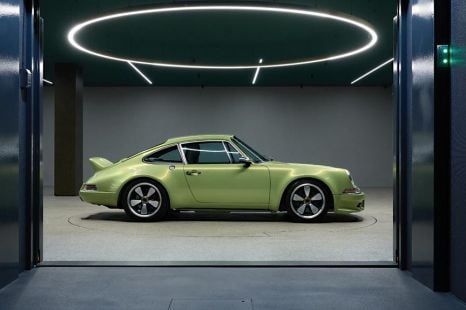

Marton Pettendy
22 Days Ago


James Wong
30 Days Ago


Damion Smy
1 Month Ago
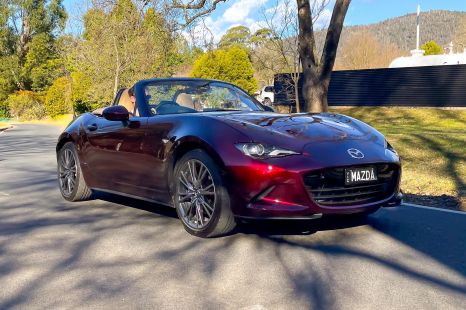

Josh Nevett
1 Month Ago